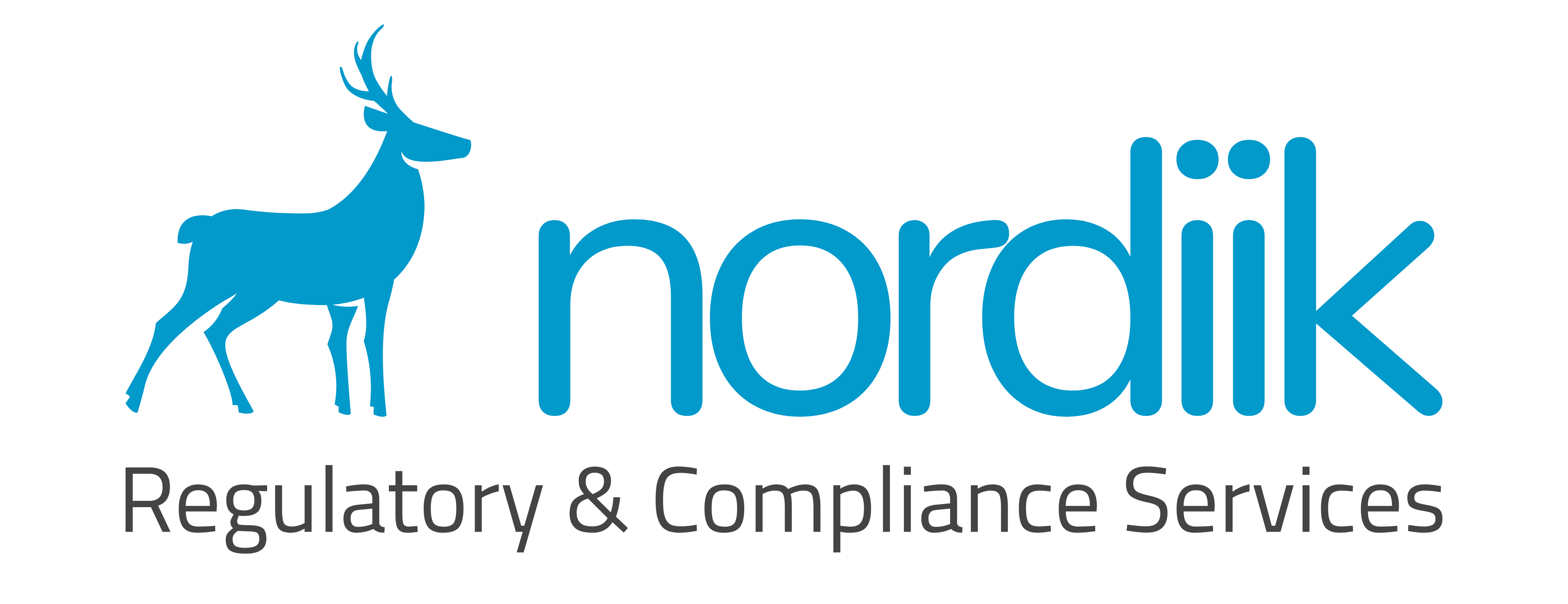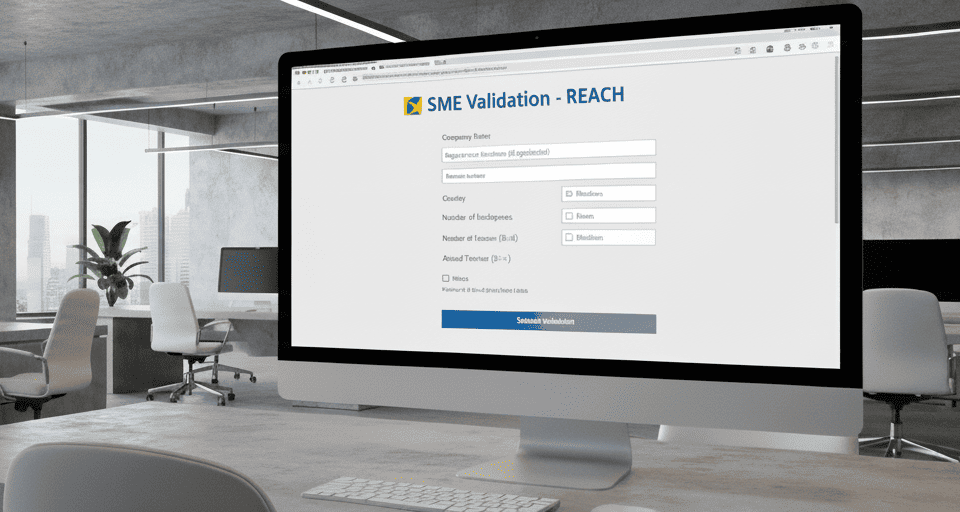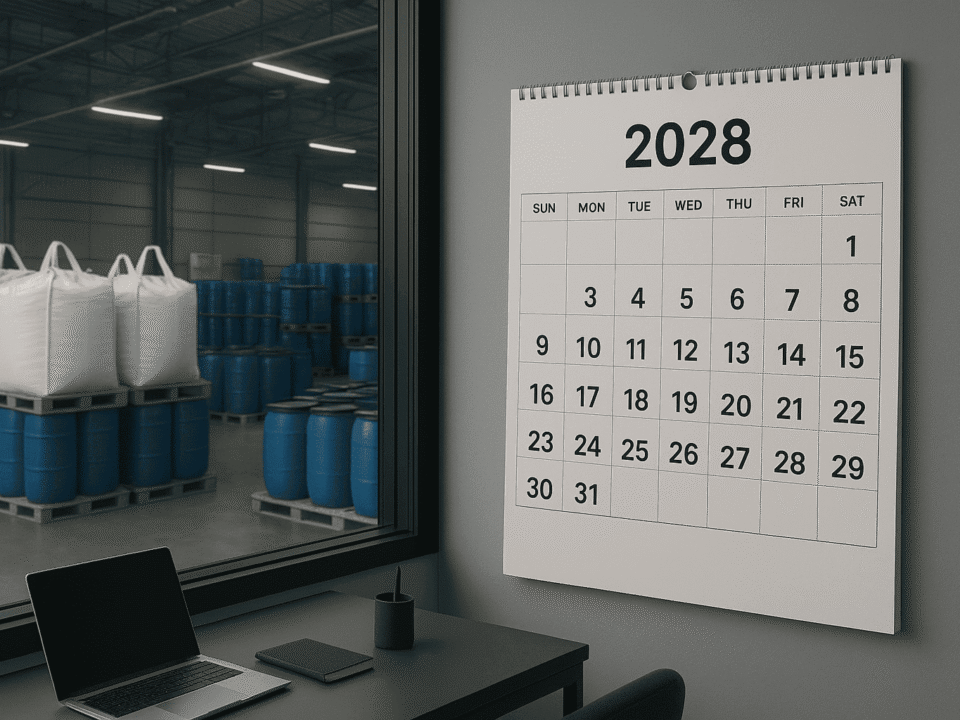GHS Revision 11 Officially Published: Global Warming contributions are now a formal Hazard Class in Chemical Regulations
As of September 2025, the United Nations has officially released the eleventh revised edition of the Globally Harmonized System of Classification and Labelling of Chemicals (GHS). The new publication marked a significant regulatory milestone for chemical safety worldwide.
The United Nations Economic Commission for Europe (UNECE) finalized the report earlier this year. It summarized decisions made during the twelfth session of the Committee of Experts on the Transport of Dangerous Goods and on the Globally Harmonized System. Now, with the formal publication of GHS Rev. 11 in September and the current date being October 2025, these updates are officially in effect and are beginning to shape regulatory landscapes across multiple jurisdictions.
Among the most impactful changes is the introduction of a completely new hazard class that specifically addresses the contribution of certain substances and mixtures to global warming. It signalise a clear shift toward embedding climate-related risks into the global chemical safety framework.
Key Changes Introduced in GHS Revision 11:
1. Updated Classification for Aerosols and Chemicals Under Pressure (Chapter 2.3)
The definitions and classification criteria for aerosols and pressurized chemicals have been revised to improve clarity. They ensure consistent understanding and implementation by regulatory authorities and industry stakeholders alike.
2. Expanded Use of Non-Animal Methods for Skin Sensitization (Chapter 3.4)
Chapter 3.4 has been updated to incorporate comprehensive guidance on using human data, in vitro and in chemico testing methods. Also traditional animal test data, to assess the skin sensitization potential of substances and mixtures, reflecting ongoing efforts to reduce animal testing.
3. New Environmental Hazard Class: Global Warming Contributions (Chapter 4.2)
One of the most notable updates in this revision is the transformation of Chapter 4.2. Formerly titled “Hazardous to the ozone layer,” it is now renamed “Hazardous to the atmospheric system”. This has been expanded to include a new hazard class: “Hazardous by contributing to global warming.” That change introduces clear classification criteria for identifying substances and mixtures that pose risks to the climate based on their inclusion in annexes of the Montreal Protocol. This approach allows for the inclusion of both ozone-depleting and global warming effects within the regulatory framework.
4. Rationalized Precautionary Statements (Annex 3, Section 2)
Annex 3 has been updated to improve the clarity and usability of precautionary statements, making it easier for professionals responsible for labelling to communicate safety instructions while maintaining regulatory compliance.
5. New Guidance on Simple Asphyxiants (Annex 11)
Annex 11 now includes a newly added section, A11.3. This offers guidance for identifying and classifying simple asphyxiants—substances that can cause suffocation by displacing oxygen in the air.
What this means for your Business — Now that GHS Revision 11 is in Force
With the eleventh revision of the GHS now officially published and publicly available, national and regional authorities across the globe are expected to begin transposing these changes into their respective chemical safety regulations. Once adopted locally, companies will be required to update safety data sheets (SDS), hazard labels, and product classifications for any affected substances and mixtures.
The inclusion of global warming contributions as a formal hazard class within the broader category of “Hazardous to the atmospheric system” underscores the regulatory community’s increasing focus on aligning chemical safety practices with climate change mitigation and sustainability objectives.
Strategic Implications for Regulatory Compliance with GHS Revision 11 and Sustainability Planning
Chemical manufacturers, distributors, and importers should begin assessing the implications of GHS Rev. 11. Will be necessary to stay up to date to the news coming from regulatory bodies of each region. Regions such as the European Union, the United States, and Asia-Pacific will probably start adapting their legal frameworks to include the new hazard classifications and labelling requirements soon.
By recognizing the atmospheric impact of substances not only through ozone depletion but also through their global warming potential. This revision sends a clear message: climate-relevant properties of chemicals are no longer outside the scope of regulatory scrutiny.
Need support adapting your products to the new GHS requirements? Nordiik offers regulatory guidance and compliance solutions tailored to your industry. Contact us today to get started.









